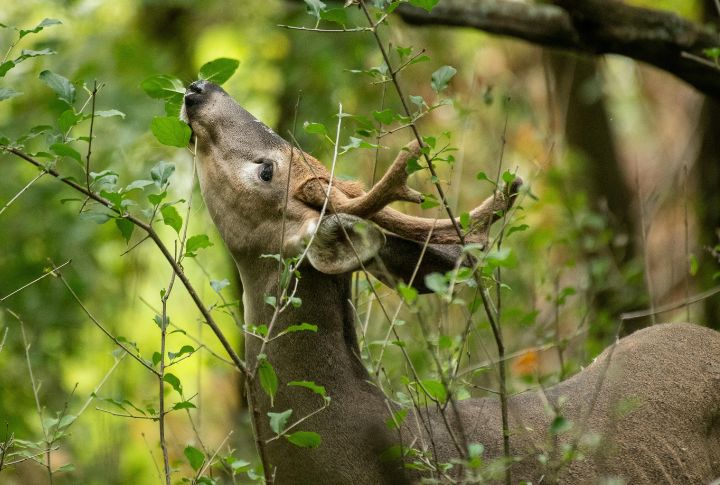
Wild visitors—especially deer—can turn a well-tended yard into an easy feeding ground. But gardeners have long found clever ways to protect what they grow without constant intervention. One of the simplest strategies is planting varieties that deer tend to avoid, and these ten are known to hold their ground.
Lavender
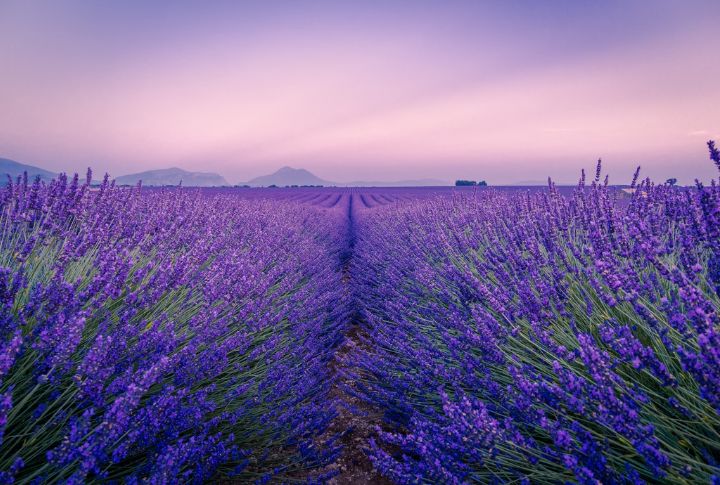
Lavender’s strong, lingering scent can frighten deer’s food-finding instincts. When planted in borders or tight clusters, this plant creates a beautiful and effective barrier. Its essential oils don’t just smell pleasant; they naturally repel browsers and push other unwanted pests away.
Foxglove

Plant foxglove near delicate greenery if you want to keep it safe. Its tall, bell-like blooms may look appealing, but cardiac glycosides inside make it hazardous. Even a nibble delivers a bitter dose, which leads deer to avoid it going forward and reduces the chance of repeated damage to nearby plants.
Russian Sage

Tough in dry soil and unappealing to deer, the Russian sage easily holds its ground. Its bitter leaves and coarse, silvery foliage make it unpleasant to chew, and the strong scent helps mask nearby edible plants. That trio of traits keeps this low-maintenance plant at the top of the deer-resistant list.
Yarrow
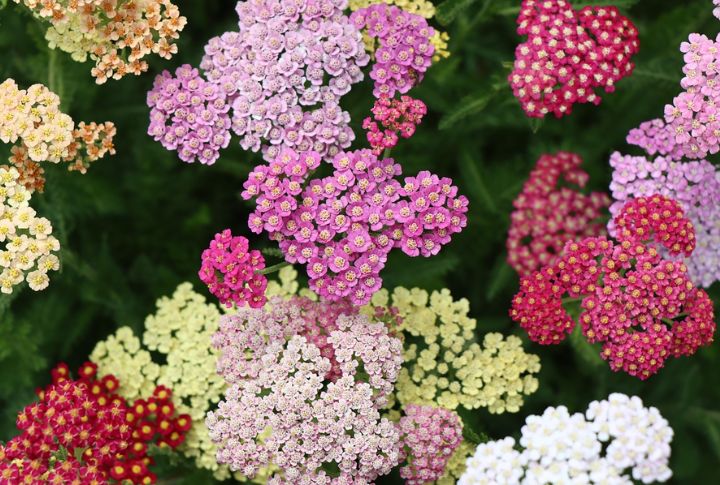
Yarrow isn’t just pretty—it’s clever planting. Its aroma disrupts how deer sniff food while sharp-tasting alkaloids make it unpalatable. Thick, leafy growth builds a soft barrier that discourages deer from continuing further into the garden. Tucking yarrow between other resistant plants adds another layer of subtle protection.
Daffodils
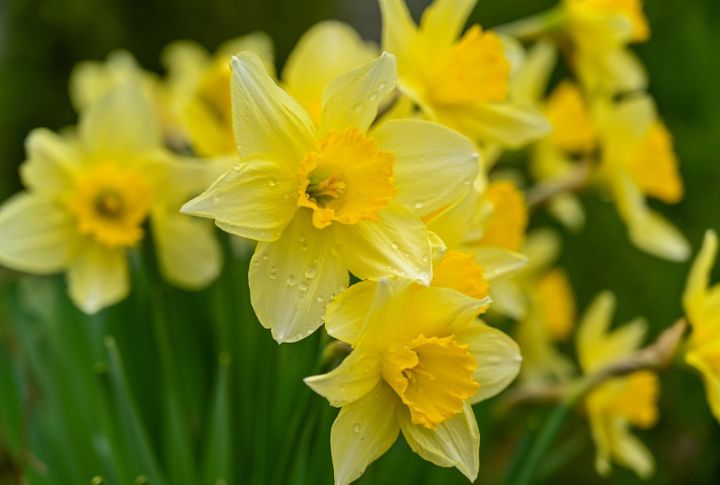
Bright color and natural compounds make daffodils a clear signal to grazing animals. Deer instinctively avoid lycorine, a bitter compound found in daffodil bulbs, and the yellow blooms suggest danger through scent and previous encounters. Since the bulbs are harmful, they also help prevent repeated contact.
Marigold
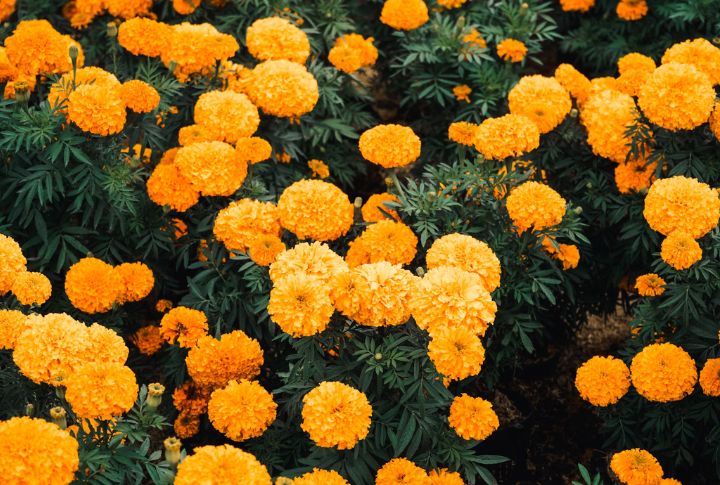
Not every flower gets credit for guarding vegetables, but marigolds earn it. Their powerful scent interferes with how deer locate food and release compounds that drive grazers away. In full sun, they thrive easily, especially when lined around edible crops that need extra protection from hungry intruders.
Rosemary
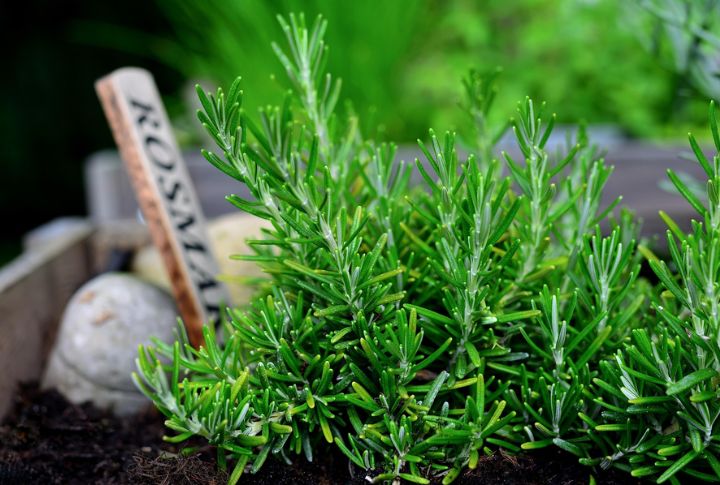
Resilient and powerfully scented, rosemary forms a hardy barrier that quietly defends your space. Its stiff, needle-like leaves are unappealing to grazers, while the strong herbal scent confuses their search for food. Thick growth makes it an effective choice for hedges or defining garden edges.
Thyme
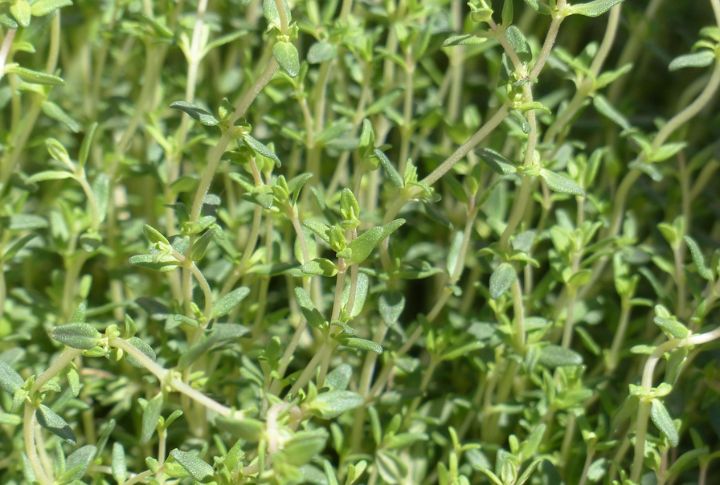
Sometimes, small plants do big jobs. Thyme’s intense aroma masks garden smells that attract wildlife, and its low-growing habit makes grazing more difficult. The oils in its leaves add another layer of defense, and placing it in rock gardens or paths brings beauty and protection.
Floss Flower
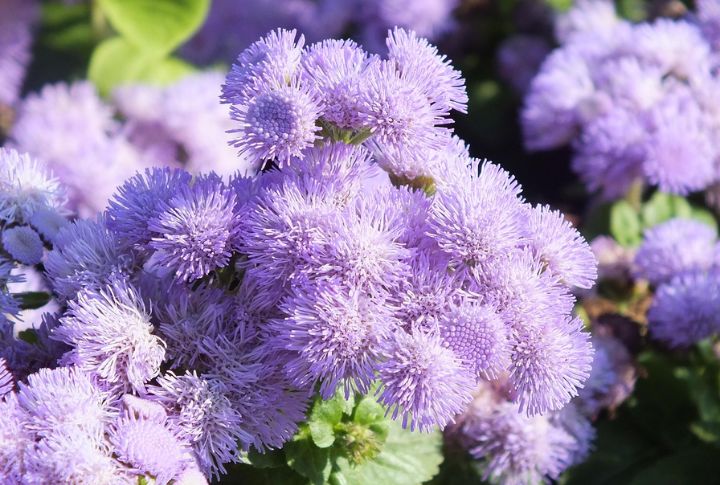
Fuzzy, bright, and unappetizing to deer, floss flower is a triple win. Its colorful blossoms contain pyrrolizidine alkaloids that make animals think twice before munching. It’s great for sunny borders and works best when grouped with other scent-heavy plants for a natural, layered barrier.
Verbena

Some flowers stand out for color, others for resilience, and verbena delivers both while quietly discouraging deer with its bitter taste. It releases natural repellents and thrives in dry conditions, and when grouped in clusters, its coverage improves, enhancing its ability to limit grazing in those areas.

